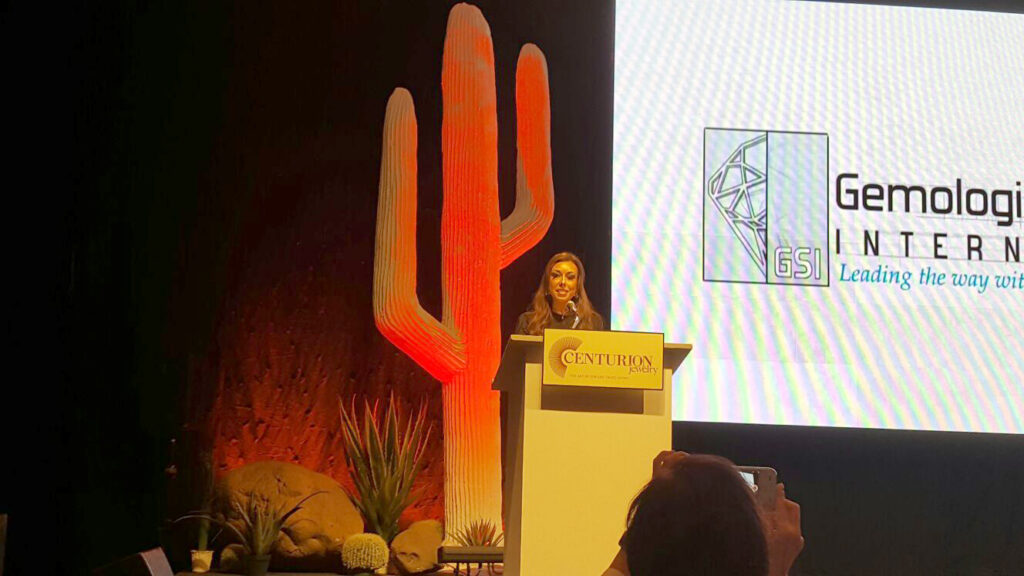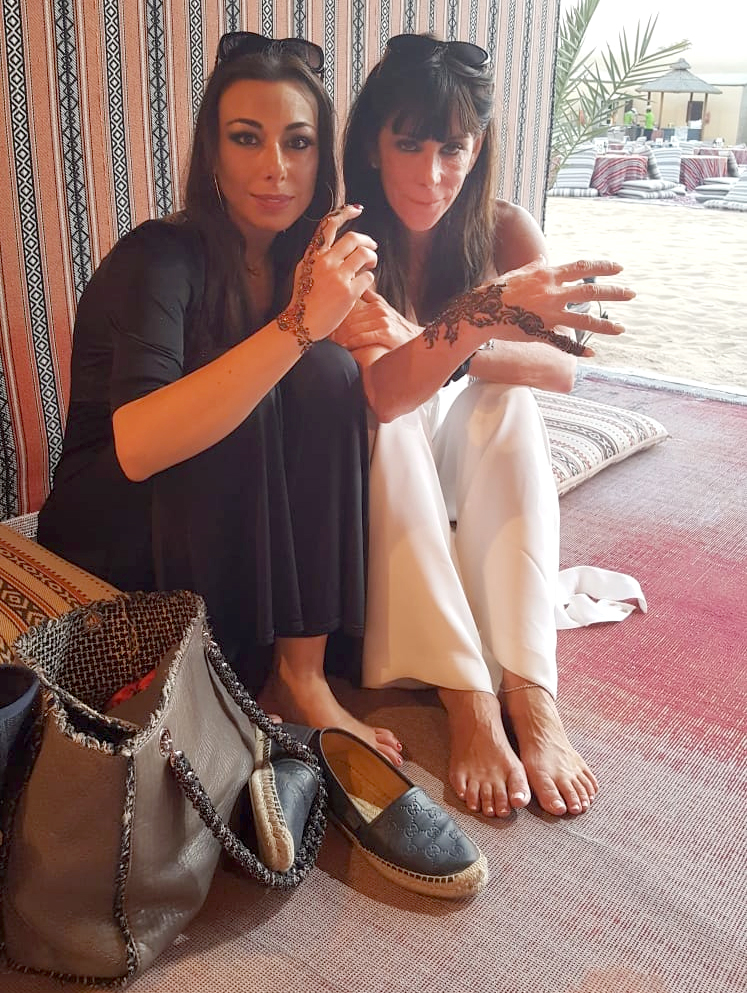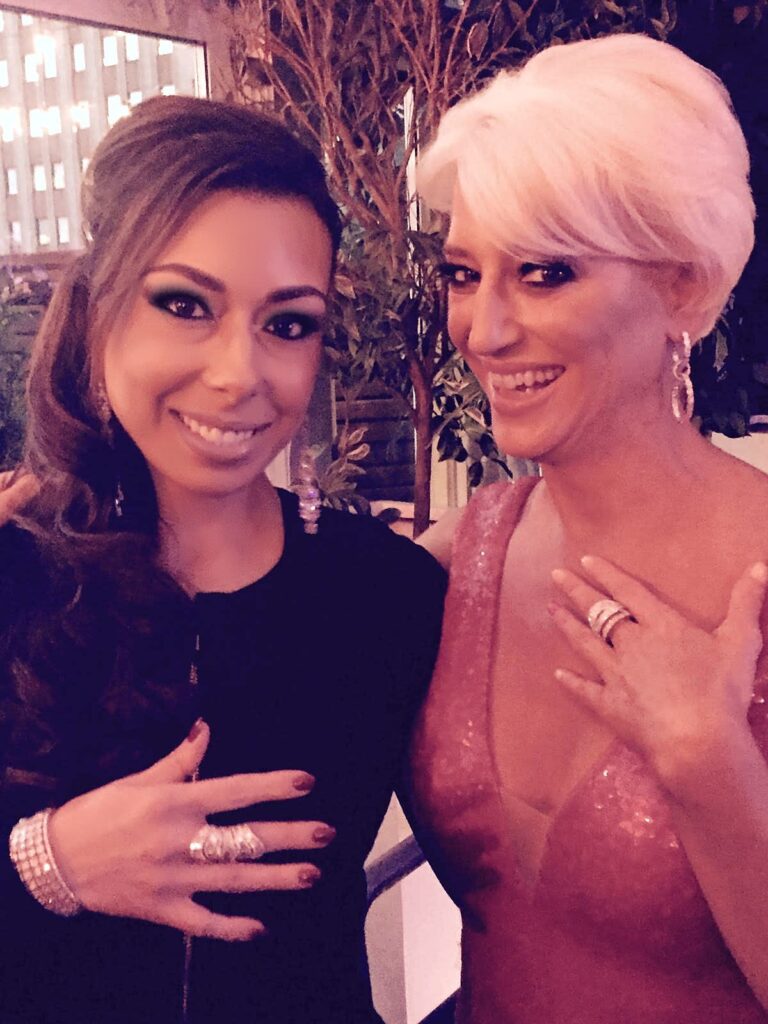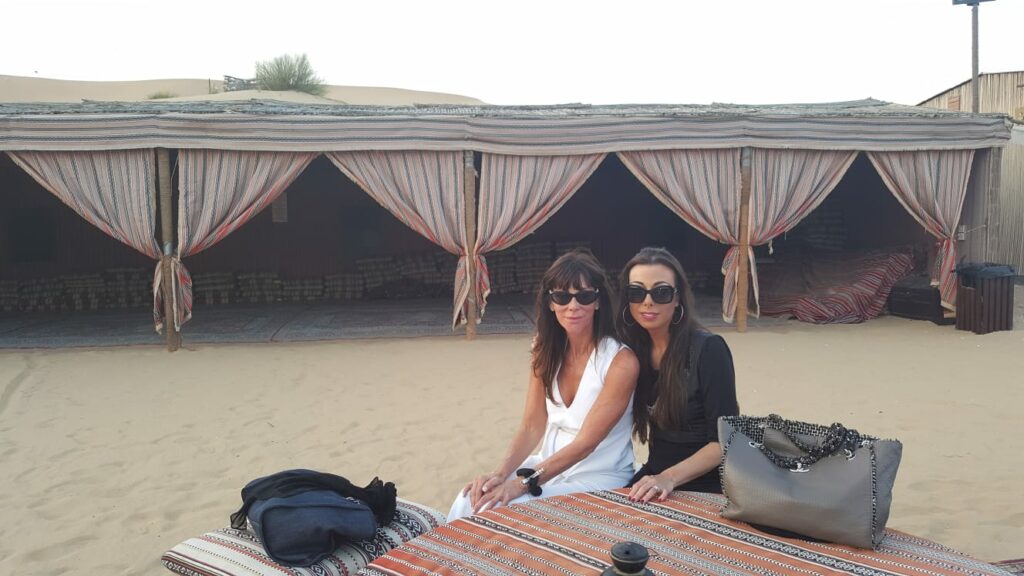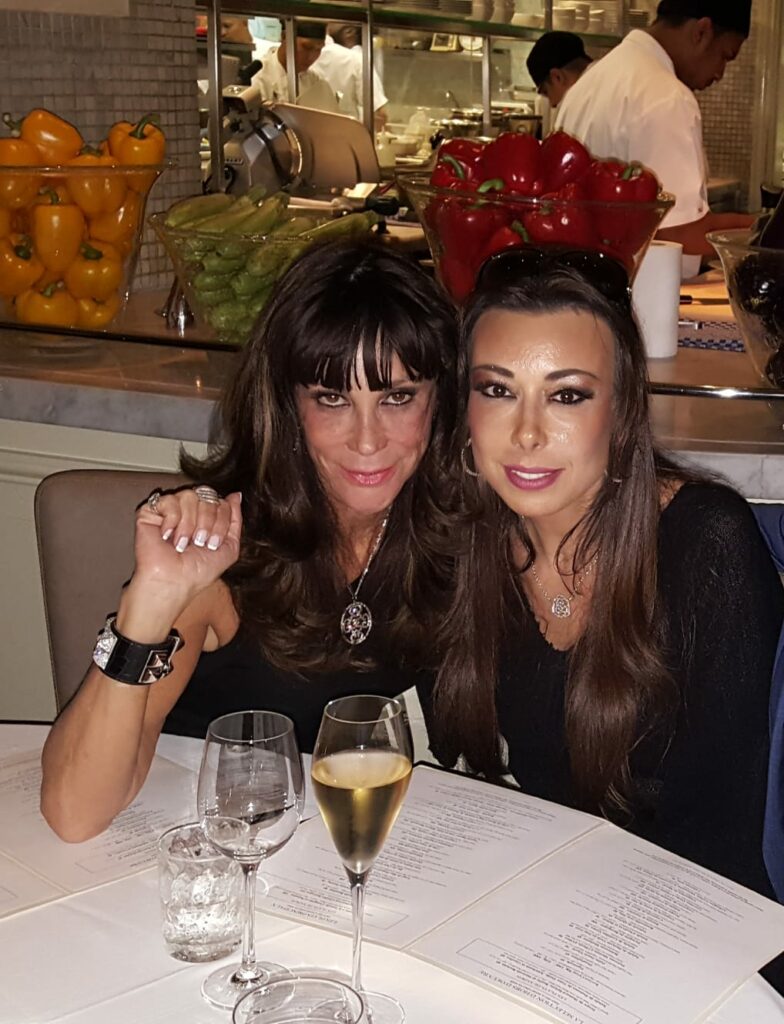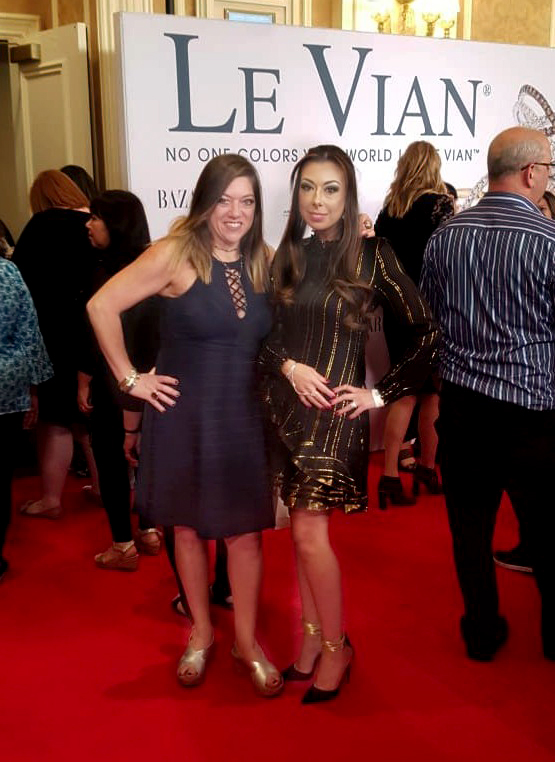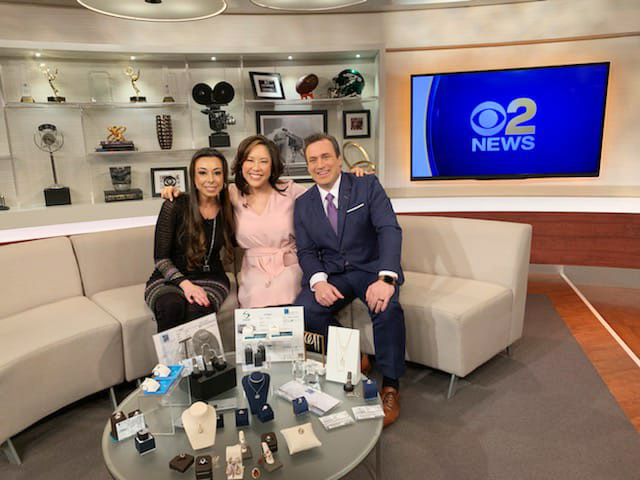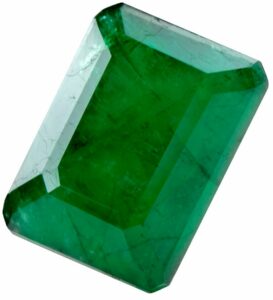 Emeralds are colored stones composed of the mineral beryl, (Beryllium aluminum silicate). They range from medium green to dark green. The word emerald is derived from the Greek word “smaragdus,” as well as the Old French “esmeralde;” both meaning “green gemstone.” Scholars have discovered even older references to the gem in ancient Sanskrit.
Emeralds are colored stones composed of the mineral beryl, (Beryllium aluminum silicate). They range from medium green to dark green. The word emerald is derived from the Greek word “smaragdus,” as well as the Old French “esmeralde;” both meaning “green gemstone.” Scholars have discovered even older references to the gem in ancient Sanskrit.
Emeralds are considered the official birthstone for the month of May and this makes sense, since green is traditionally associated with the color of spring.
Similar to other gemstones, emeralds are graded using the 4Cs – Color, Cut, Clarity, and Carat weight. Ideally, an emerald should have a high degree of transparency, little to no inclusions, and a pure green hue to have a higher value.

Varieties
Pure beryl is colorless in nature. Some popular colored varieties of beryl include emerald, aquamarine, morganite, and red beryl. These are just a few of the many varieties of this mineral.
Formation
Most emeralds are found in pegmatite deposits or are in hydrothermal veins in metamorphic environments.
Localities
Located practically worldwide, but higher quality emeralds are found today in the Muzo or Chivor mines of Columbia, and can also be found on the continents of Asia and Africa.
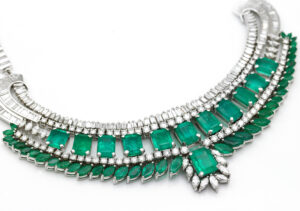
Properties
Beryl in the form of emerald has a hardness of 7.5 to 8.0 on the mohs scale of hardness and ranges from “Good” to “Poor” in their toughness. Due to these properties emeralds are more prone to being chipped or broken. However, breakage and chipping can be prevented through appropriate jewelry treatments, settings, and proper care.
Common Treatments and Enhancements
Most emeralds are treated in order to improve their overall appearance. To enhance their natural color and clarity, a dye is introduced into any surface-reaching fractures. When fracture filling, a colorless oil or resin is used to simply enhance the natural color of the stone. This is done usually routinely to reduce their visibility and impact on the stone’s clarity. When using a dye on the stone, they specifically try to use dyes with the same refractive index as emerald so it is difficult to detect unless carefully examined under a microscope.
Gems are graded for treatments on a four step scale:
- None
- Minor
- Moderate
- Highly enhanced
Quality Factors
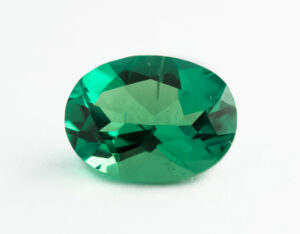
Emeralds, just like any other stone, may have the presence of inclusions and the industry still goes by the precedent that the clearer the stone is, the greater the value. Along with high clarity, an emerald possessing the most desirable, natural pure green and medium to medium dark green hues will have the highest overall value.
Emerald Lookalikes or Simulants
Emeralds are usually a product of nature, but most gems have a synthetic counterpart.Any lookalike of an emerald is considered a simulant. Simulants may be created, or come from naturally occurring minerals such as quartz, dyed green quartz, glass, green tourmaline, doublets, triplets, and soudè emeralds.
Care and Caution
Emeralds have moderate to poor toughness, so it is important to be mindful of that while wearing and caring for them.
The type of settings used can impact the longevity of mounted emeralds. Bezel settings have usually been the best option for rings and bracelets. Other settings may be preferable if an emerald is worn in pieces less vulnerable to daily wear and tear, such as pendants or earrings. Emerald jewelry should be removed while doing manual labor and housework.
Avoid harsh chemicals and heat when cleaning emeralds and emerald jewelry. This includes the use of ultrasonics, steam machines, and any types of acid. It is advisable to use a mild soap and a lint free cloth, making sure to scrub gently.
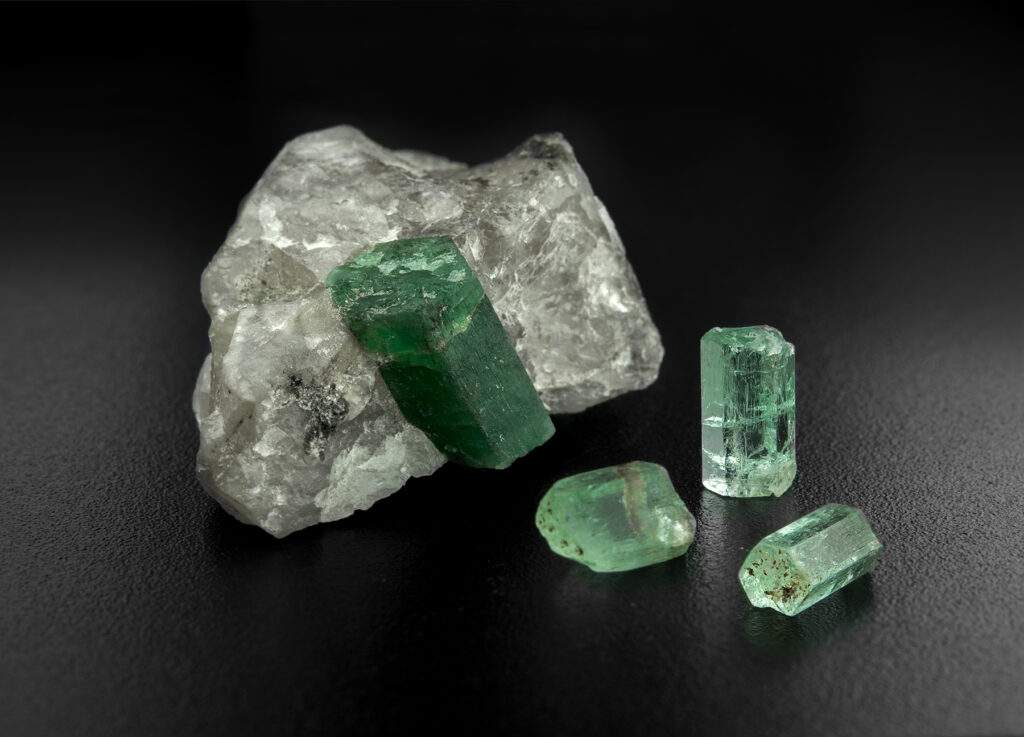
Summary
From ancient times, emeralds have been considered one of the earth’s finest and rarest gemstones. Their continued global demand is a testament to their desirability. With proper care and knowledge, emeralds can last for generations and carry on their value.
For these reasons, Gemological Science International is proud to offer services to ensure consumers that their emeralds are properly classified to the highest degree of quality.
About The Author
Debbie Azar is the Co-Founder and President of Gemological Science International (GSI), one of the largest gemological organizations in the world, and a distinguished leader in the global diamond and jewelry industry. As an executive with extensive knowledge of the jewelry and gem lab industries, her entrepreneurial skills and vision have helped GSI achieve rapid and continuous growth worldwide, establishing 13 leading-edge gemological facilities on four continents. She currently serves on the boards of the Jewelers Vigilance Committee, Responsible Jewellery Council, and Jewelers for Children, and is a member of the 24 Karat Club of New York. She has been featured in Forbes, Daily Mail, Good Morning America, Bloomberg, Bloomberg Businessweek, Fox Business, Fox5, CBS2, BOLDTV, Varney&Co, The Street, and NASDAQ, among others.











